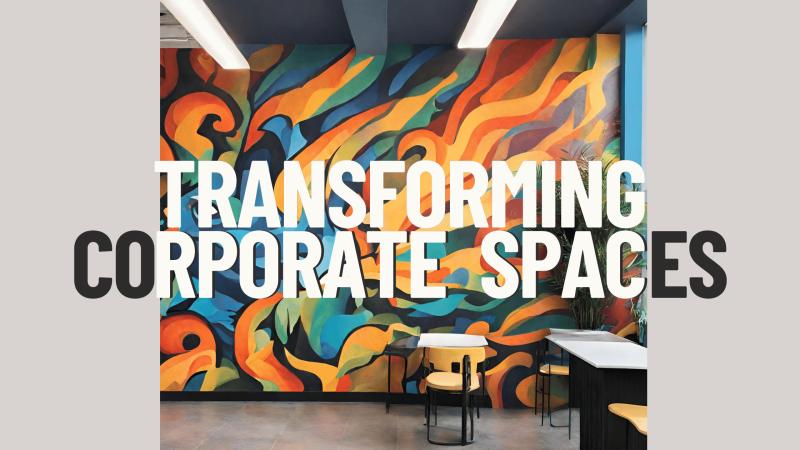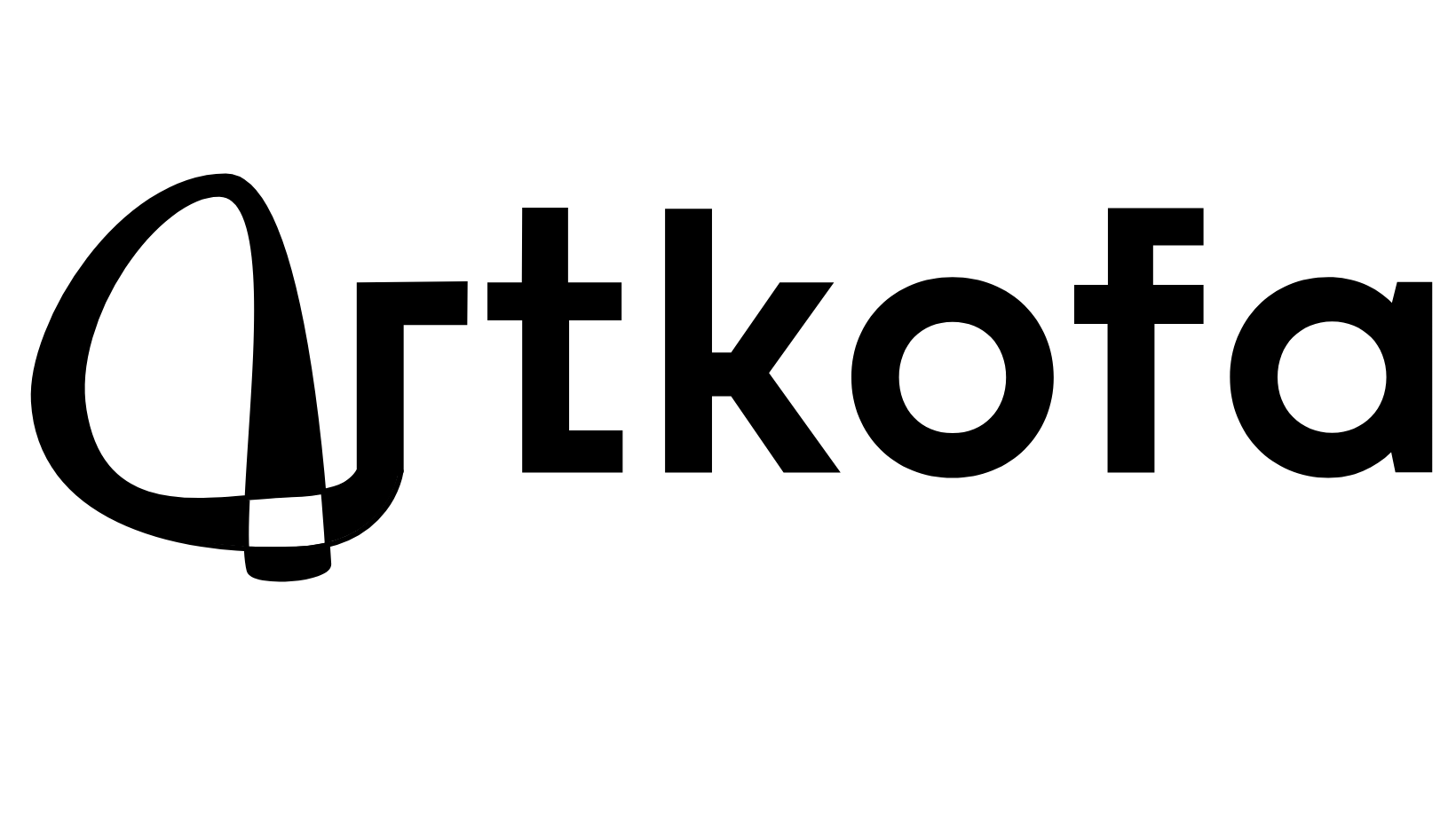No products in the cart.

The Nexus of Business and Aesthetics: Unraveling Corporate Art Collections
In the labyrinth of corporate corridors and bustling boardrooms, amidst the hustle and bustle of daily operations, an unexpected treasure often lurks: the corporate art collection. These carefully curated assortments of paintings, sculptures, and installations have become an integral part of many businesses’ identities. But what exactly are corporate art collections, and why do companies invest in them? Delving into this intersection of commerce and creativity unveils a rich tapestry of motivations and implications.
Unveiling Corporate Art Collections
Corporate art collections are as diverse as the companies that house them. Ranging from small, niche selections to extensive, globally renowned assortments, these collections typically feature works of art displayed throughout office spaces, lobbies, and public areas. The pieces may include paintings, sculptures, photographs, digital art, and even multimedia installations.
The Purpose Behind the Palette
1. Enhancing Corporate Identity:
One primary motivation for building a corporate art collection is to cultivate a distinct corporate identity. Art serves as a visual representation of a company’s values, culture, and ethos. By carefully selecting pieces that align with their brand narrative, businesses can reinforce their identity both internally among employees and externally with clients, investors, and the public.
2. Fostering Creativity and Innovation:
Art has an undeniable power to inspire creativity and spark innovation. Many companies recognize this and integrate art into their workspaces to stimulate fresh ideas and foster a more dynamic and engaging environment. By surrounding employees with thought-provoking and visually stimulating pieces, businesses aim to cultivate a culture of innovation and out-of-the-box thinking.
3. Cultivating Corporate Social Responsibility:
For some companies, building a corporate art collection goes beyond internal motivations and serves as a means of fulfilling corporate social responsibility (CSR). By supporting artists and investing in the arts community, businesses can demonstrate their commitment to cultural enrichment and community development. Moreover, corporate art collections often serve as platforms for raising awareness about social issues and promoting diversity and inclusion.
4. Investment and Asset Diversification:
While the primary purpose of corporate art collections may be cultural and aesthetic, they also offer potential financial benefits. Art has historically been a valuable asset class, with prices often appreciating over time. As such, acquiring art can be a strategic investment and a means of diversifying a company’s asset portfolio. Additionally, some companies leverage their art collections for philanthropic purposes, such as loaning pieces to museums or organizing exhibitions for charitable causes.
Benefits and Risks Associated
Benefits:
- Enhanced Work Environment: Surrounding employees with art can boost morale, creativity, and productivity.
- Brand Image Enhancement: A well-curated collection can bolster a company’s reputation and differentiate it from competitors.
- Financial Investment: Art can appreciate in value over time, providing potential financial returns.
- Cultural Enrichment: Supporting artists and cultural institutions contributes to the broader arts ecosystem and enriches communities.
Risks:
- Financial Risk: Art markets can be volatile, and the value of artworks may fluctuate unpredictably.
- Reputation Risk: Controversial or inappropriate artworks may damage a company’s reputation or offend stakeholders.
- Maintenance Costs: Properly caring for and insuring artworks can incur significant expenses.
- Lack of Expertise: Without proper expertise, companies may struggle to build a cohesive and meaningful collection.
The Future Canvas: Trends and Forecasts
As we look ahead, several trends and developments are shaping the future of corporate art collections:
1. Digitalization and NFTs:
The emergence of non-fungible tokens (NFTs) and digital art is revolutionizing the art world, including corporate collections. Companies are increasingly exploring opportunities to incorporate digital artworks and NFTs into their collections, leveraging blockchain technology for provenance, ownership, and authentication.
2. Embracing Diversity and Inclusion:
In line with broader societal trends, there is a growing emphasis on diversity and inclusion within corporate art collections. Companies are actively seeking out works by artists from diverse backgrounds, including women, people of color, LGBTQ+ individuals, and artists with disabilities, to ensure their collections reflect the richness and diversity of human experience.
3. Sustainability and Environmental Awareness:
With increasing concern about environmental sustainability, companies are reevaluating their approach to art acquisition and management. Sustainable practices, such as sourcing eco-friendly materials, supporting local artists, and minimizing environmental impact during installation and maintenance, are becoming priorities for corporate art collections.
4. Integration of Virtual and Augmented Reality:
Advancements in virtual and augmented reality (VR/AR) technologies are offering new avenues for experiencing art. Companies are exploring ways to integrate VR/AR into their art collections, allowing employees and visitors to engage with artworks in immersive digital environments, regardless of physical location.
5. Collaborations and Partnerships:
Collaborations between businesses, artists, galleries, and cultural institutions are becoming more prevalent, leading to innovative projects and exhibitions. Companies are leveraging these partnerships to bring fresh perspectives and artistic talent into their collections while also contributing to the broader cultural ecosystem.
ARTKOFA: Empowering Art Collectors
For both new and existing collectors seeking to diversify their art collections and incorporate works from African, diaspora, and black artists, ARTKOFA stands as a beacon of support and guidance. Through its platform, ARTKOFA connects collectors with a curated selection of artworks, ranging from traditional to contemporary, across diverse mediums and styles. With a focus on promoting African and black artistic talent, ARTKOFA offers collectors access to a vibrant and dynamic art scene, providing opportunities for discovery, appreciation, and investment.
Conclusion
Corporate art collections occupy a unique intersection of commerce, culture, and creativity. Beyond mere decoration, these collections serve as powerful tools for enhancing corporate identity, fostering creativity and innovation, and fulfilling social responsibility. As we navigate an ever-evolving landscape shaped by technological advancements, shifting societal values, and environmental concerns, the future of corporate art collections promises to be as dynamic and diverse as the artworks they comprise. By embracing emerging trends and forging meaningful partnerships, companies can continue to enrich their environments and inspire generations to come through the transformative power of art, with platforms like ARTKOFA paving the way for greater inclusivity and diversity within the art world.

